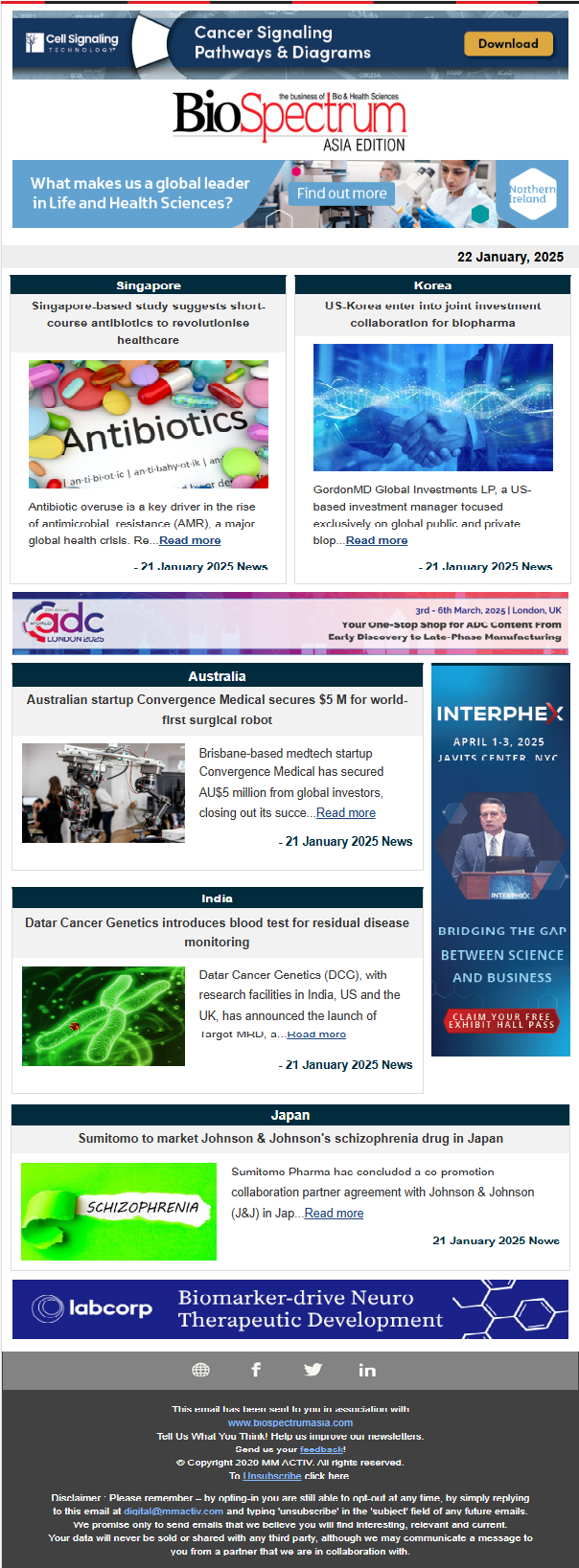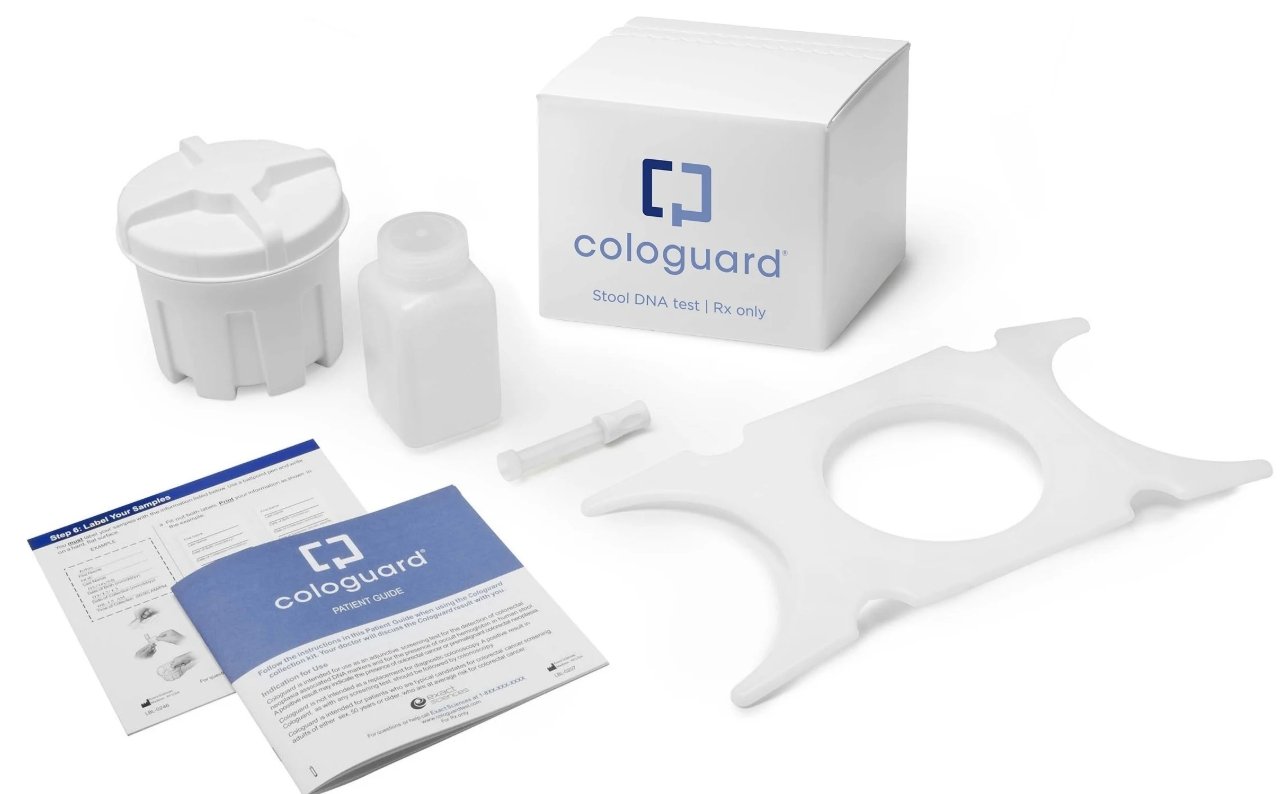
The regenerative medicine industry is expanding at an undeniably rapid clip. Advances in cell and gene technologies, tissue engineering, and biomaterials around the globe are demonstrating their potential to treat conditions that were once considered untreatable by practitioners. However, as the industry grows, challenges related to manufacturing, commercialization, and regulation in this emerging specialty sector persist.
Global Regenerative Medicine Market
The global regenerative medicine market was valued at approximately $40 billion in 2023 and is projected to reach nearly $120 billion by 2030, according to recent data from Grand View Research. Growth is driven by an aging population, increasing chronic disease rates, and technological advancements. The Asia-Pacific region has become a major player in the field, with Japan, South Korea, and China making significant investments in regenerative medicine infrastructure, regulatory frameworks, and clinical research.
Japan’s Act on the Safety of Regenerative Medicine and Europe’s Advanced Therapy Medicinal Products (ATMP) Pathway have facilitated faster approvals than have been seen to date in the United States. These international regulatory models offer lessons on how other regions can accelerate the delivery of new treatments and are being studied closely by leaders around the globe.
Industry Trends and Opportunities
In recent years, many regenerative medicine product candidates have unfortunately failed, with an estimated 80% attrition rate. However, manufacturing improvements, supply chain resilience, and cost-reduction strategies are beginning to create new pathways for product development. The industry is shifting from research-driven efforts to application-focused development.
With this in mind, in the United States, organizations are stepping up to focus specifically on the product development stage instead of only the scientific research stage, where traditional ecosystem incubators and public-private investments have been devoted. For instance, in North Carolina, the National Science Foundation provided the initial cooperative agreement to the Wake Forest Institute for Regenerative Medicine (WFIRM) for the launch of the Piedmont Triad Regenerative Medicine Engine (PTRME), established strictly to work on addressing product development challenges by providing funding and technical resources to entities focused on manufacturing and distribution advancements to support the sector. WFIRM, a recognized global leader in regenerative medicine through its pioneering work in tissue engineering and 3D bioprinting, leads the PTRME in collaboration with Forsyth Technical Community College, North Carolina Agricultural and Technical State University, and Winston-Salem State University.
More Insights on the Challenges in the Field of Regenerative Medicine
Regenerative medicine technologies require highly specialised production environments, making them costly to produce. Many companies struggle to manufacture products at a price that the market can sustain. The industry is continuing to find ways to lower costs while maintaining quality and scalability.
Regulatory inconsistencies between nations create obstacles for global commercialization. In the United States, the FDA’s evolving framework for regenerative medicine products must balance safety with the need for faster approvals. Meanwhile, the European Union and Japan have implemented regulatory pathways that have enabled quicker market access.
Traditional investment models do not always align with the long development cycles and risks of cell and gene technologies. Non-dilutive capital from government agencies and new investment approaches are essential for industry growth.
The Role of Public-Private Partnerships
Public-private partnerships help bridge the gap between scientific progress and commercial success. The NSF funded Piedmont Triad Regenerative Medicine Engine (PTRME) is an example of how collaboration between government, academia, and industry can advance economic development and technological progress within a field with specialised needs.
The PTRME’s approach includes:
The Next Phase of Regenerative Medicine
This decade is poised to significantly shape the future of regenerative medicine. Advances in gene editing, bioprinting, and cell technologies are progressing, but manufacturing, capital funding, and regulatory advancements must keep pace.
Public-private partnerships, investments in infrastructure, and production cost reductions will all combine to help regenerative medicine advance further in the years to come.
Tim Bertram, CEO, National Science Foundation Piedmont Triad Regenerative Medicine Engine




